9-minute read
keywords: abiogenesis, cell biology, evolutionary biology
In this second foray into the biology of death, I will examine programmed cell death or PCD. You might have heard of the process of apoptosis, but, as the previously reviewed The Biology of Death mentioned, this is just one of many ways in which cells can actively kill themselves. It is a vital part of life in multicellular organisms, for instance sculpting our hands so that we are not born with webs of skin between our fingers, or allowing leaves to fall from the trees in autumn by triggering cell death in so-called abscission zones. These are small sacrifices to serve the larger organism. Surprisingly, single-celled (unicellular) organisms also show PCD. But wait, is that not tantamount to suicide? How did that evolve?
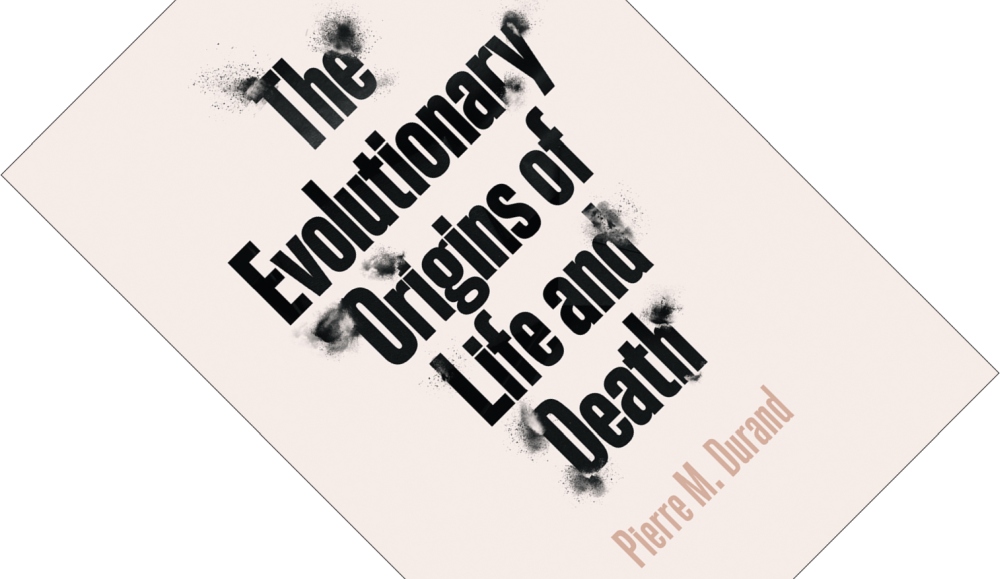
The Evolutionary Origins of Life and Death, written by Pierre M. Durand, published by the University of Chicago Press in December 2020 (paperback, 221 pages)
In this short and thought-provoking book, evolutionary biologist Pierre M. Durand sketches how scientists are probing the origins of life and death in unicellular organisms. Two series of seven short chapters each examine the philosophical, theoretical, and empirical underpinnings of these two entwined research fields. Two synthesis chapters propose what he thinks are the most likely explanations of how life and death originated and, as the final two chapters argue, coevolved. Throughout, Durand carefully acknowledges other schools of thought, explains why researchers disagree and why he picks the sides that he picks, highlights where we need more theoretical and empirical work, and outlines the limits of our knowledge.
Having previously reviewed the fantastic The Genesis Quest, the first part of this book is a welcome recap of the field of abiogenesis: the study of life’s origin from non-living matter. This section has three goals. 1) Set the stage with the philosophical and conceptual considerations of what life is (more on that below). 2) Discuss the theoretical ideas of how inanimate matter became animated. 3) Survey which of these ideas have been empirically investigated, as it turns out there is quite a disconnect between theory and experimental work. This culminates in an eight-step outline that argues that the evolution of life is an example of what Maynard Smith & Szathmáry call major evolutionary transitions. Specifically one in individuality, where groups of individuals combined to form a new kind of individual. Durand reminds the reader this is merely one possible version of events and there is likely more overlap between steps than his outline suggests.
Durand reviews some fascinating theoretical concepts such as hypercycles: self-reinforcing cycles formed by molecules that can replicate both themselves and each other. Quasispecies: a mathematical construct where a species does not converge on a single genotype but forms a diffuse group of closely related but genetically distinct individuals because of extremely high mutation rates. The chemoton: an abstract model of the simplest living protocell. And of course the idea of an RNA world. As mentioned, not all of these have been empirically confirmed and they are not necessarily mutually exclusive.
“Defining life is notoriously hard […] In some ways, it is easier to describe what life does than what life is.”
With all due respect to the theorists who formulated these ideas, Durand throws out some intriguing ideas himself when discussing what life is. Indulge me if you will. Defining life is notoriously hard and its edges are fuzzy. “For philosophers of biology, the origin of life is captured more by the evolutionary process than a substance or a specific event” (p. 34). You may have heard of LUCA, the hypothetical Last Universal Common Ancestor, but an awful lot of evolution had to happen to get to that point. And much of that took the form of horizontal gene transfer, to the point that I imagine the root of LUCA breaking down into an intractable cloud. Durand credits foreword author Eugene V. Koonin with showing that “while there is a phylogenetic signal of life’s origin, it is not a singularity” (p. 34). Another idea Durand favours is that a reductionist approach will only get you so far. He would rather ask if there are additional laws that apply to biotic but not abiotic systems. This is not to take recourse to supernatural explanations: “Life is a natural property of matter. It is not exempt from the laws of physics and chemistry, but to fully appreciate it one needs additional tenets” (p. 21). In some ways, it is easier to describe what life does than what life is and he invokes the idea of functionalism in biology: what makes something alive is the way it functions. Reproduction, metabolism, behaviour; these are phenomena not shown by lifeless matter.
With apologies for the tangent, but this one tickled my brain. Durand’s mention of functionalism might appear to smack of teleology, of goal-directed explanations. The thing is, there is a certain goal-directedness to life. I could be wrong, but I think Durand, without realising it, is leaning into Colin Pittendrigh’s concept of teleonomy (think of it as teleology-lite). Walter Veit introduced me to it in A Philosophy for the Science of Animal Consciousness, arguing that organisms are goal-directed systems evolved to maximize fitness. Kevin Mitchell unwittingly (for he does not mention the term) put it nicely in Free Agents: “while not purposive itself, evolution does imbue the resulting life-forms with their own purpose” (p. 289 therein). This is now the third time I have encountered this concept in short order, so I have tagged Evolution “On Purpose” for future review to further explore this potentially controversial topic.
“microscopy has provided the best evidence so far that cells are not simply falling apart but breaking themselves down”
Putting that tangent aside, what about death? That is the second part of this book. Following the same neatly structured approach as before, Durand has several aims here too. 1) Set the stage with the philosophical and conceptual considerations of what death is. 2) Discuss the evidence for PCD and why it is contentious. 3) Explain how this could have evolved. This culminates in an eight-step outline of how PCD might have evolved in the unicellular world. Allow me to elaborate.
First, he throws out some fascinating ideas about death. As also mentioned in The Biology of Death, death is not a singular event: not all life processes cease simultaneously or at discrete time points. Some authors argue that “death is a spectrum or range of phenotypes” (p. 76).
Second, rather than incidental death due to injury, predation, or starvation, we are here discussing non-incidental death. The reason this matter is so contentious is that researchers have taken concepts and methods from research on multicellular organisms and applied these to unicellular organisms. It is not always clear that the outcomes mean the same thing, with a risk of false positives (detecting non-existent death) and false negatives (failing to detect death). For instance, in multicellular organisms, we use biochemical assays to detect caspase activity. They are a family of protease enzymes that are key players in PCD, breaking down other proteins. Phytoplankton genomes code for a different family of proteases called metacaspases, so you would not expect these assays to show anything. Yet they do, and thus scientists have been bickering over whether or not this is evidence for PCD. Durand provides a useful discussion here of best practices and gold standards. Though expensive and time-consuming, microscopy has provided the best evidence so far that cells are not simply falling apart but breaking themselves down. Understanding PCD is complicated by the fact that there are usually multiple possible pathways leading to death and that these are multipurpose; they are also observed in e.g. dormancy, senescence, or spore formation.
“the grand synthesis Durand works towards is that life and death have coevolved and depend on each other”
Third, how did PCD evolve in unicellular organisms? You would think that natural selection would quickly eliminate it. Understanding this means accepting that natural selection can act on multiple levels, including kin selection and, more controversially, group selection. Durand takes his time here, in two chapters making a case in favour of the idea that PCD is an adaptation, and presenting the counterargument that it is not. Adaptive examples include PCD limiting the spread of infection by viruses or being a form of resource sharing in cooperative groups (PCD can release substances that provide information or nutrition to neighbours). On the other hand, there are interesting arguments to be made for ersatz PCD, a German term perhaps best translated as “surrogate”. This is cell death, but it is not programmed. Instead, it occurs as an unwanted side effect of selection for another trait (in genetics, one gene having multiple effects is called pleiotropy). Durand points out that, of course, that does not stop it from later becoming an adaptation in multicellular organisms, which would make it an example of an exaptation.
A short concluding third part brings more arguments to bear on the notion of group selection in both the origin of life (where it seems obvious, it required collaborative chemistry) and the origin of death (where PCD can benefit both relatives and non-relatives). And in case you needed one more thought-provoking idea, the grand synthesis Durand works towards is that life and death have coevolved and depend on each other. He discusses several examples of which I think the evolution of eukaryote cells is particularly apt. We know this involved endosymbiosis, with radically different prokaryotes with their own genomes ending up inside another cell and forming a new entity (a nice example of the abovementioned evolutionary transition in individuality). This had the seeds of conflict between different genomes baked into it from the get-go. Durand argues that PCD played the role of conflict mediator, eliminating cells where the process went awry. “The stable evolution of the eukaryote cell depended on this coevolution of life and death” (p. 158).
Given the amount of ground it covers, The Evolutionary Origins of Life and Death is a surprisingly slim volume (177 pages for its narrative and notes). Durand has an admirably compact and economical style of writing, his 16 chapters frequently brief and to the point, yet accessibly and clearly presented, with additional subheadings helping to keep you on track. A well-stocked bibliography (a personal sticking point for him) will help the reader locate relevant older literature. The material here is thought-provoking, to some perhaps even controversial given its invocation of group selection, but Durand is never less than informative, convincing, and humble enough to highlight the limits of his arguments.
Disclosure: The publisher provided a review copy of this book. The opinion expressed here is my own, however.
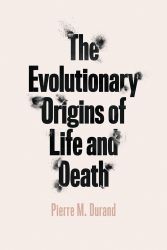 The Evolutionary Origins of Life and Death
The Evolutionary Origins of Life and Death
Other recommended books mentioned in this review:
__________________________________________________________________
__________________________________________________________________
__________________________________________________________________
__________________________________________________________________
__________________________________________________________________
__________________________________________________________________

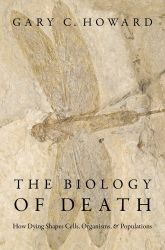
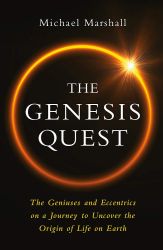
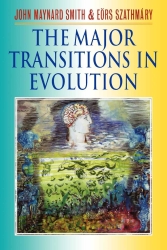
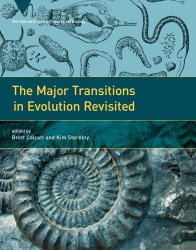
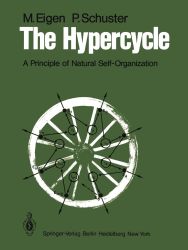
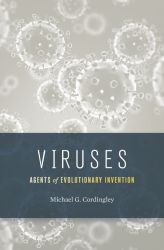
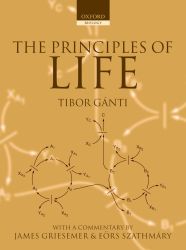
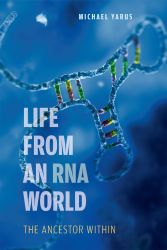
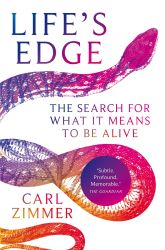
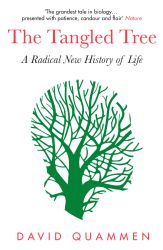
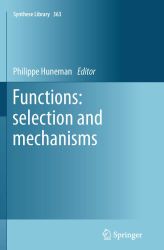
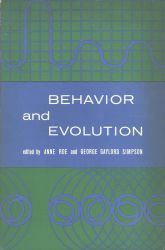
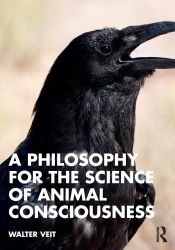
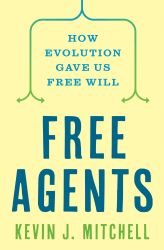
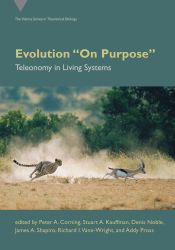
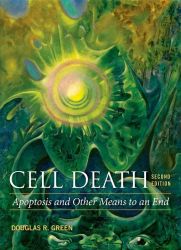
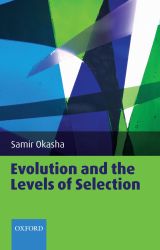
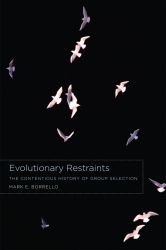
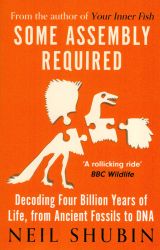
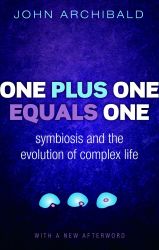
Good to see your mention of purpose
Any link to agency or is that too higher in evolution
Bob Walker
LikeLike
Eight years ago, I wrote a book with what I claim is a broader view of this question. The idea that evolution is explained by “selfish genes” was always a misconception. Evolution takes place at the level of families, communities, species, and whole ecosystems. It’s a truly complex system.
http://tinyurl.com/sciblogpref
For animals in particular the fact that every animal depends on a population of plants or other animals to eat ties these animals’ fate together as a community. This is sufficient to explain the biology of aging and death.
LikeLiked by 1 person
Thanks Josh. I have this book on my shelves here, though I admit I have not yet had the opportunity to read it.
LikeLike
Nice post 🌅🌅
LikeLiked by 1 person